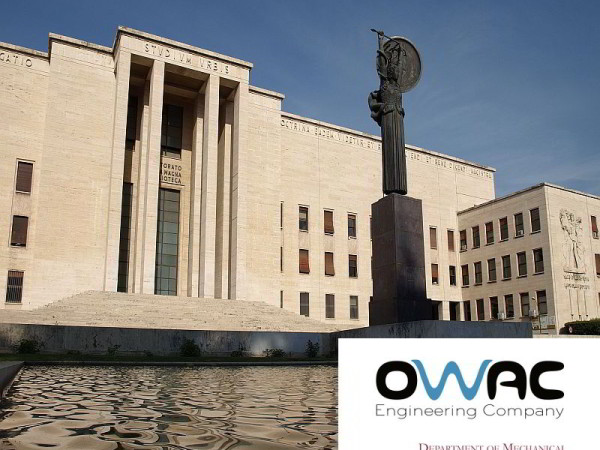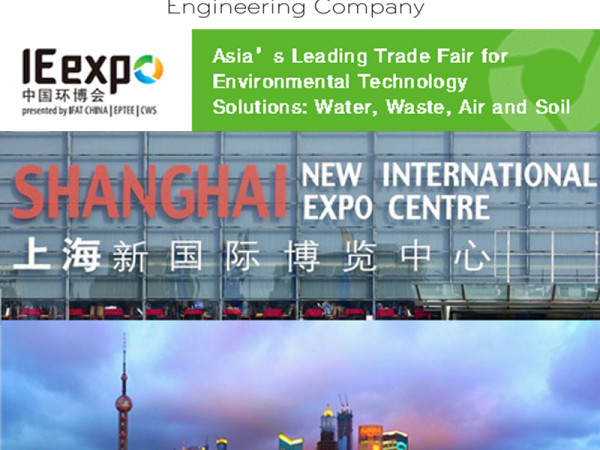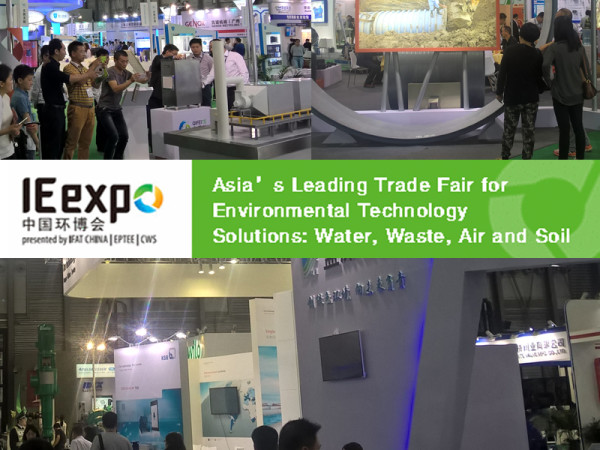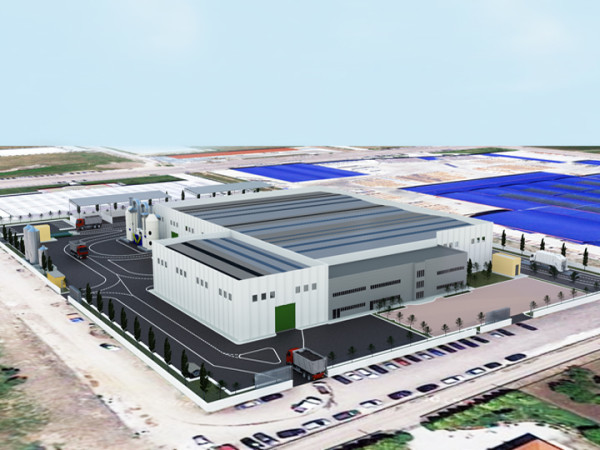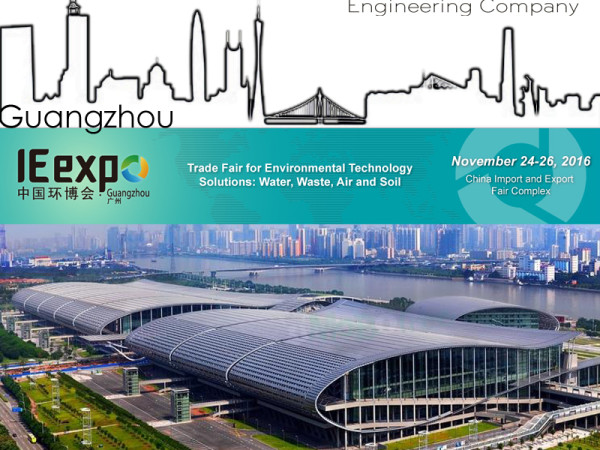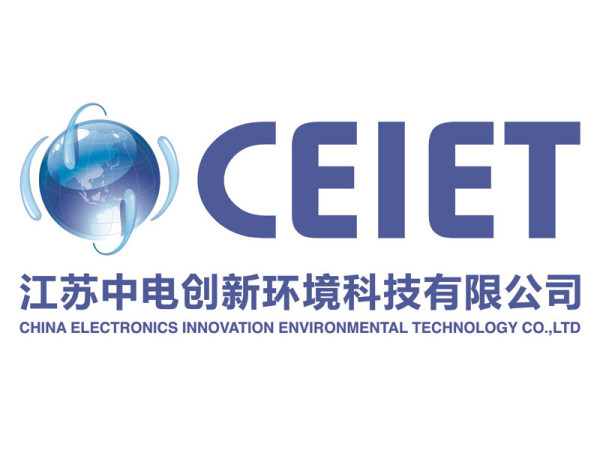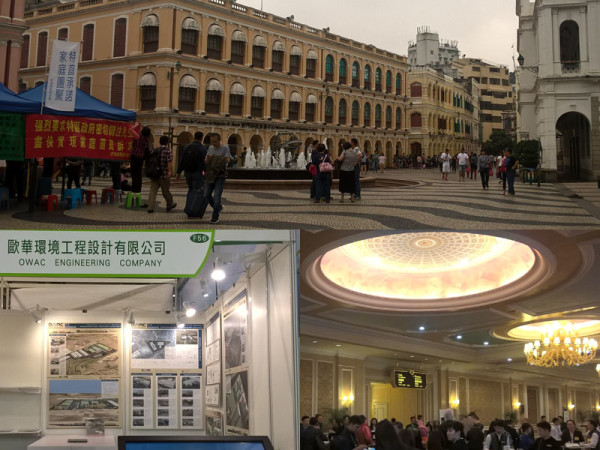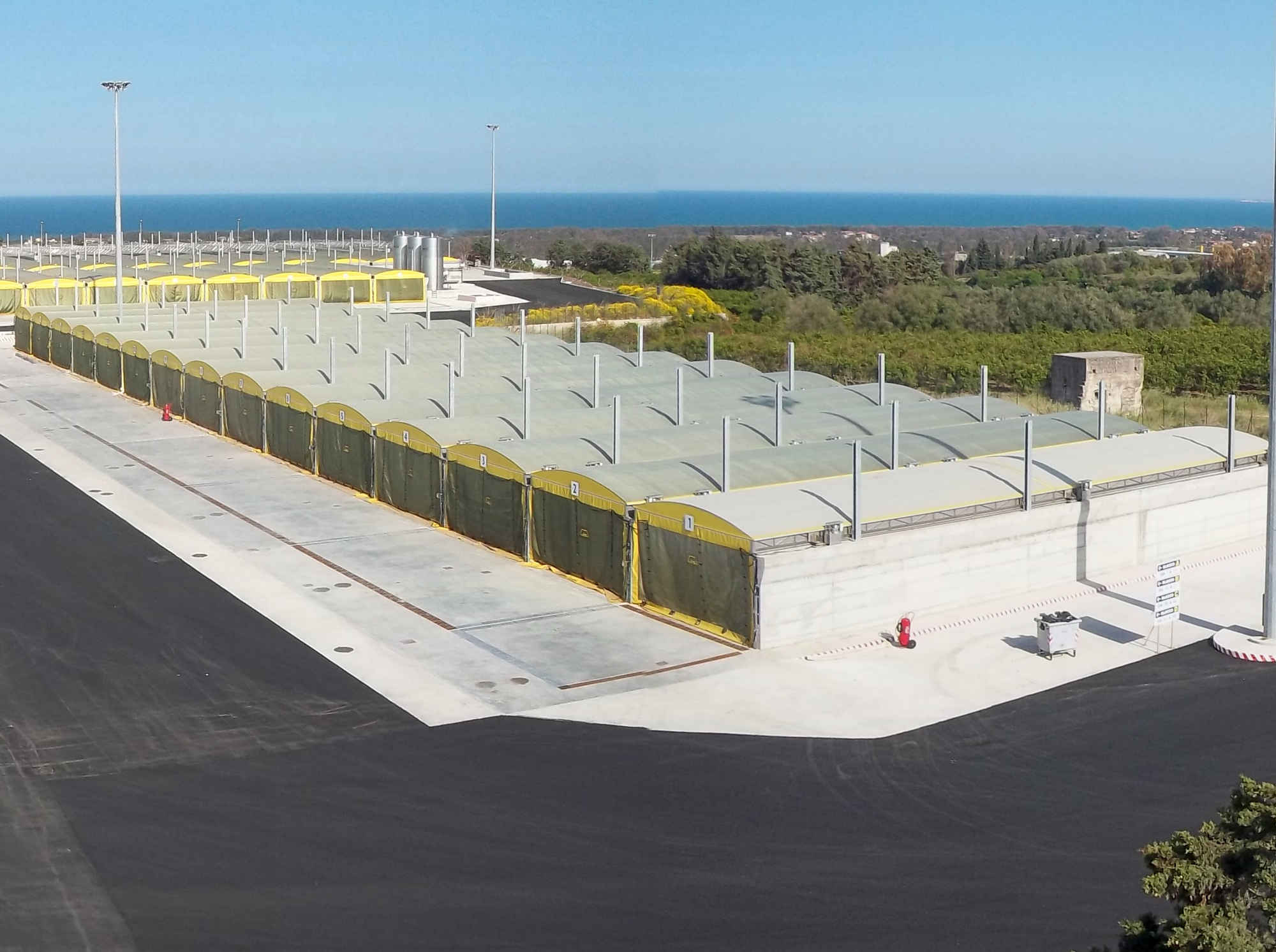
Plant data
Features
- Location: Catania
- Coord. UTM (Zone 33S):
505,850 E – 4,137,495 N - Site area: 6.59 ha
- Plant surface: 3.6 ha
- Construction period: April 2010 – August 2012
- Assignment: Executive design, Verification of environmental subjectability, AIA (Environmental Integrated Authorization) proceedings and construction management
- Cost: 10,934,166.45 €
- Typology: aerobic stabilization (composting) in air-forced lanes
Treatment
- Operations according to All. B and C at Part IV of D.Lgs. 152/06 s.m.i.: D8, R3, R10
- Maximum capacity: 350,000 ton/year
- Number of air-forced lanes: 60, each of 548 m³, of which n. 8 dedicated only to high-quality composting
- Total surface for treatment: 12,800 m²
- Type of input material: undersize resulting from MSW undifferentiated screening (producing off-specification compost) and organic fraction downstream of the separate collection of MSW (producing high quality compost)
- Average process period: 21÷28 days for off-specification compost and 60 days for high quality compost
- Rain water storage: 150 m³
- Leachate storage: 150 m³
Accessory equipment
- air insufflation system: n. 60 centrifugal fans, power 5.5 kW and flow 6,000 Nm³/h each
(S0003)
Plant description
The plant operates a biological treatment to stabilize the organic fraction (also called “undersize resulting from MSW undifferentiated screening”) from MSW Mechanical Treatment plant. This is aimed at the production of off-specification compost. The plant also operates a composting treatment of the organic fraction downstream of the separate collection of MSW. This is aimed at the production of quality compost. The process of biostabilization occurs within 60 concrete lanes with mobile steel coverage and breathable fabric. The bottom of each lane is provided with a system for the insufflation of the air necessary for the process, which is uniformly distributed through five parallel channels, extended to the entire length of the composting lane. During the process temperature, humidity and interstitial oxygen are monitored and air insufflation is modulated on the basis of these measured parameters. A significant aspect is related to the reduction of emissions into the atmosphere: odorous substances are retained within the lanes through the use of the breathable fabric. During the process of the putrescible fraction oxidation, the temperature increases due to the degradation activity of the microorganisms and the evaporation of interstitial water forms a thin film in contact with the cloth itself. This constitutes a mechanical barrier for the odorous molecules, together with a very small “weawing” (0.2 μm). Smaller molecules (O2, CO2, water vapor), instead, are let to transpire. The spread in the air of approximately 95% of the spores and pathogenic bacteria is so avoided.
The off-specification compost product can be treated as a biomass and, therefore, can be thermally exploited as the energy produced can be boosted in the case of placing on the national network.

